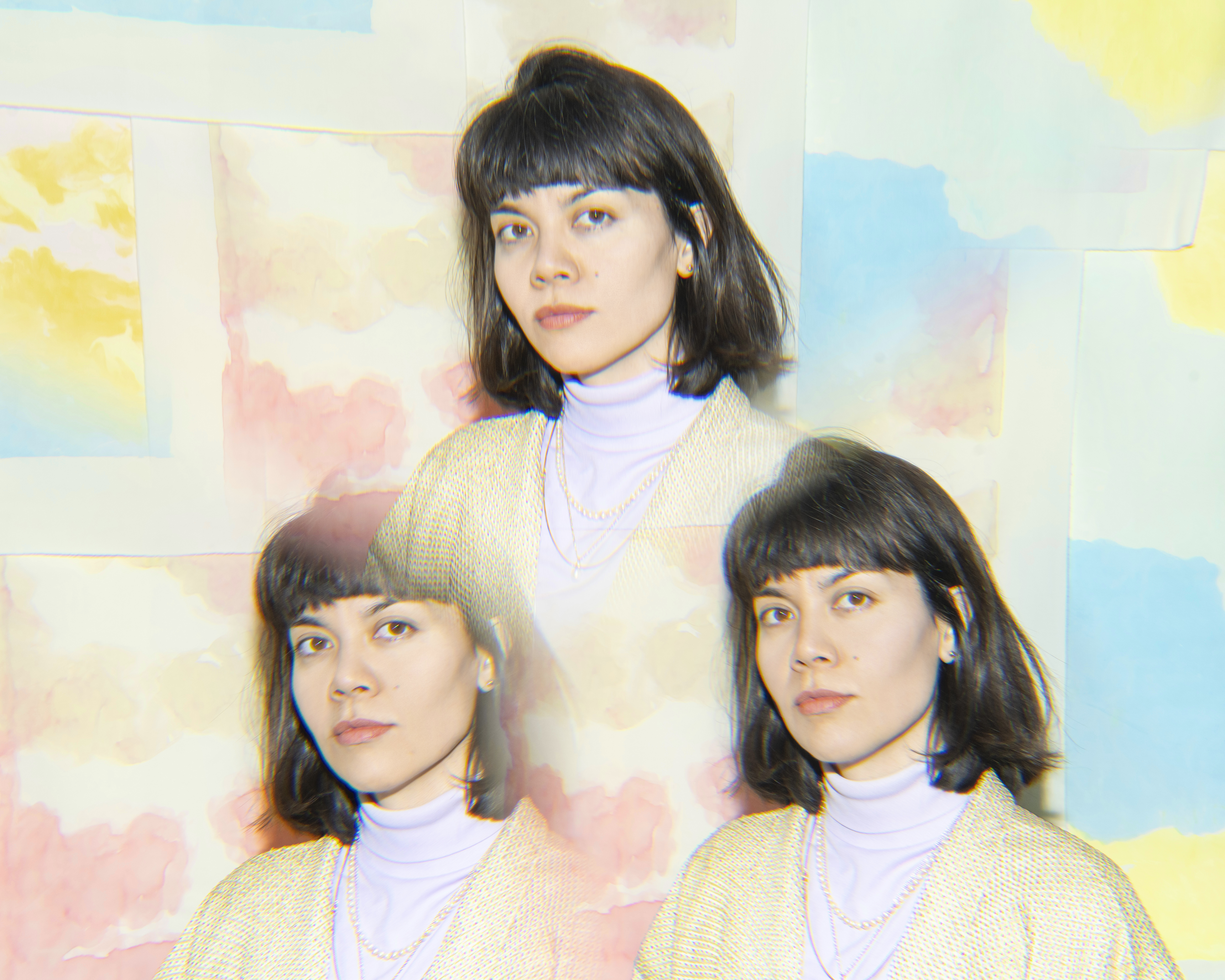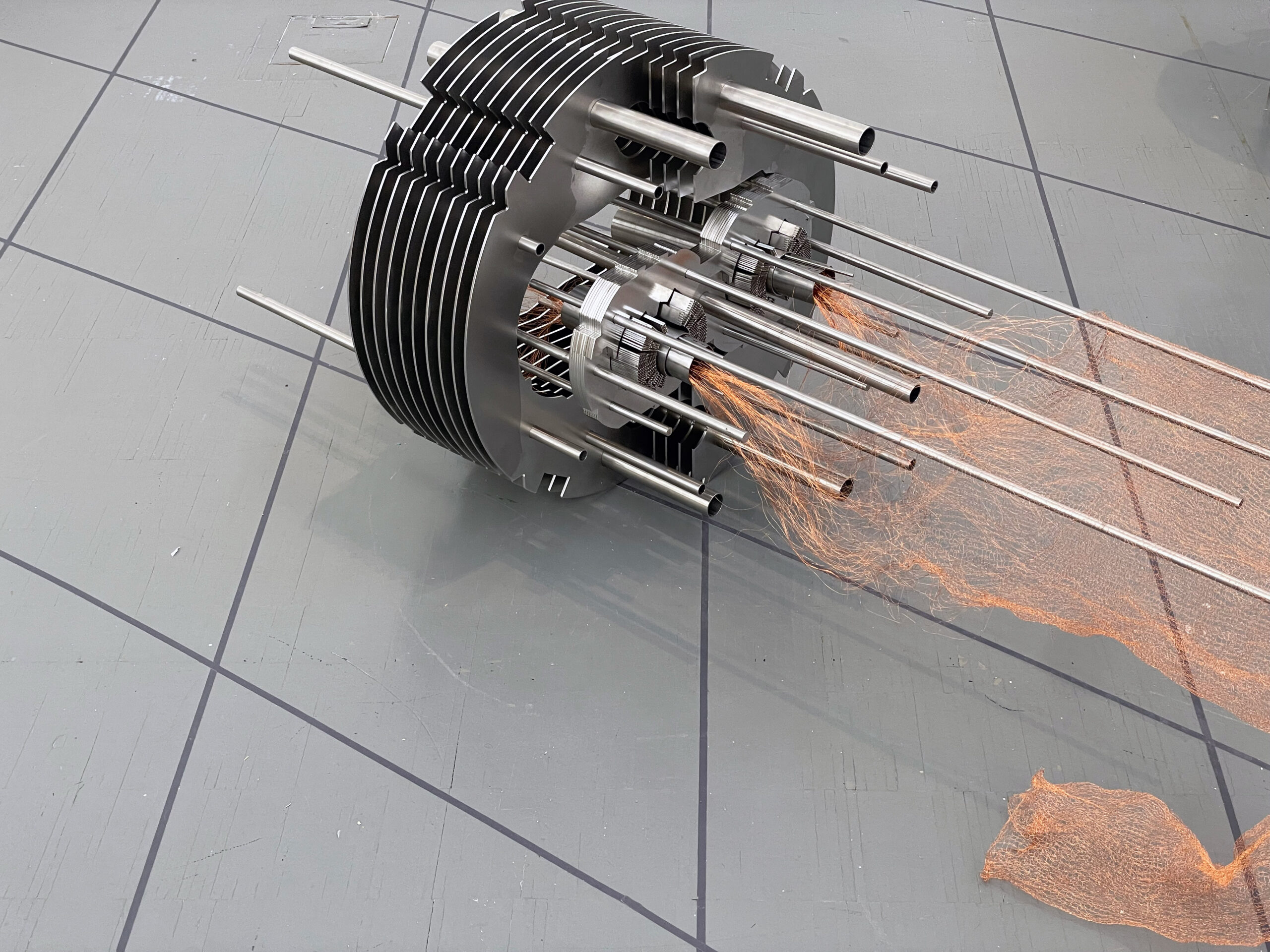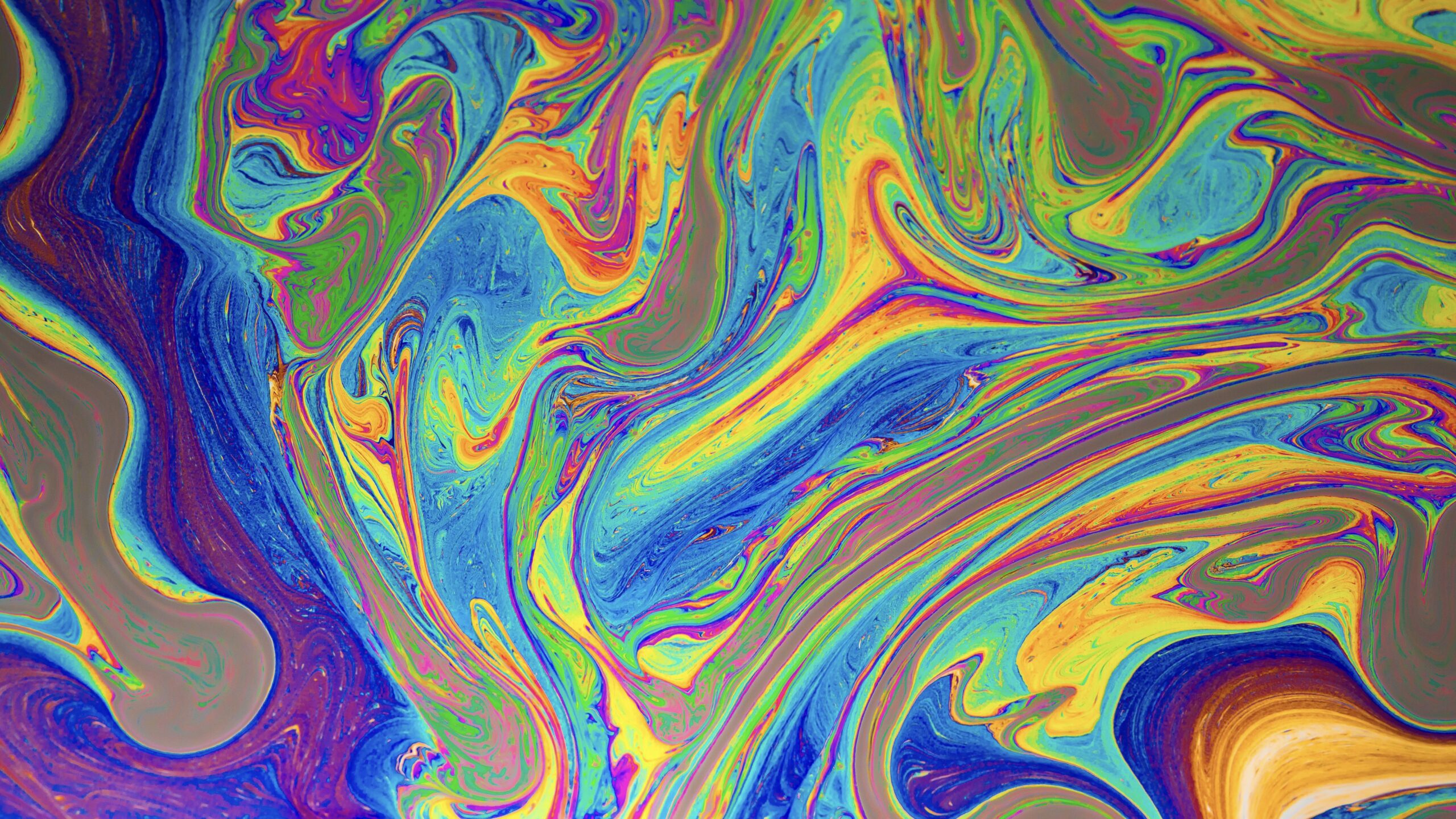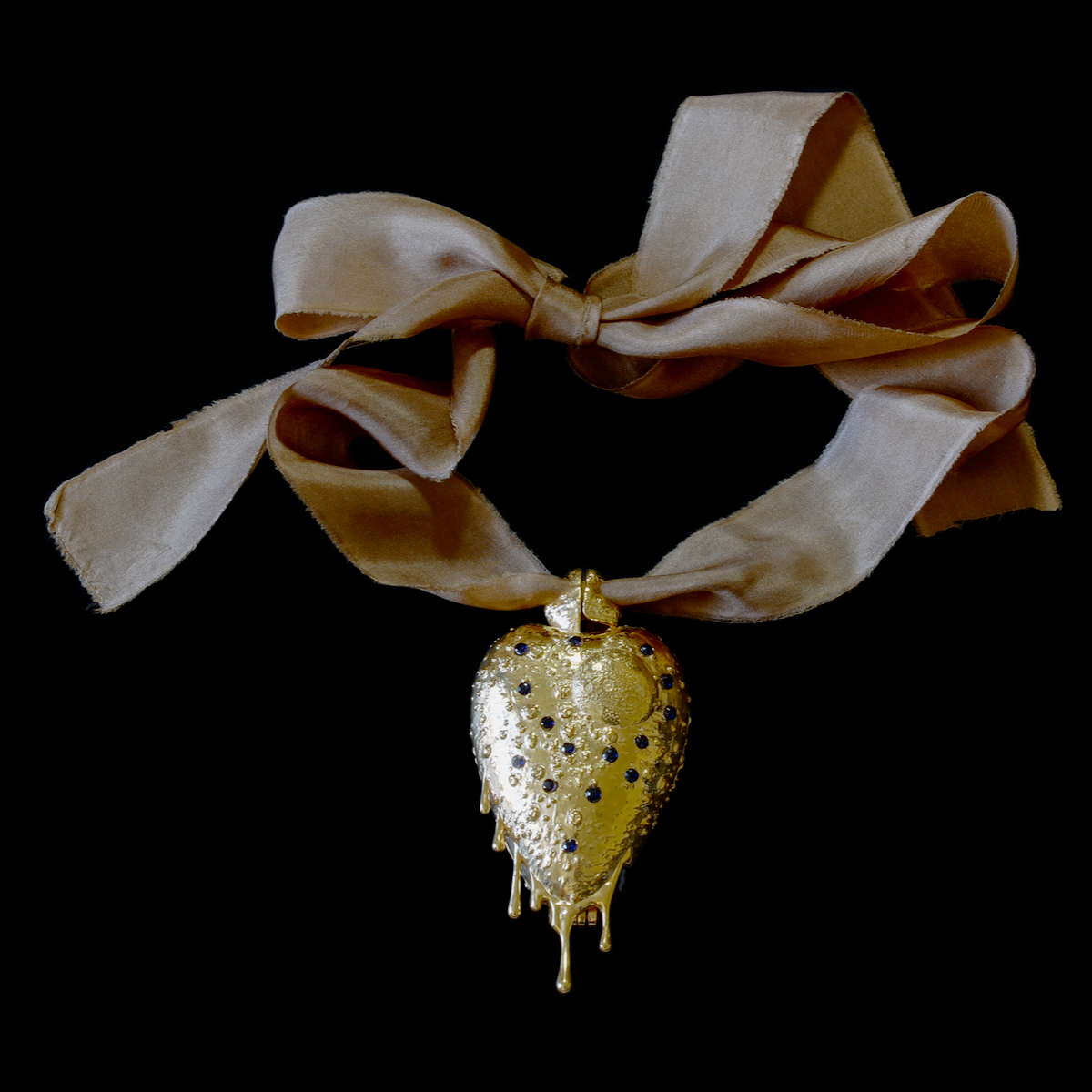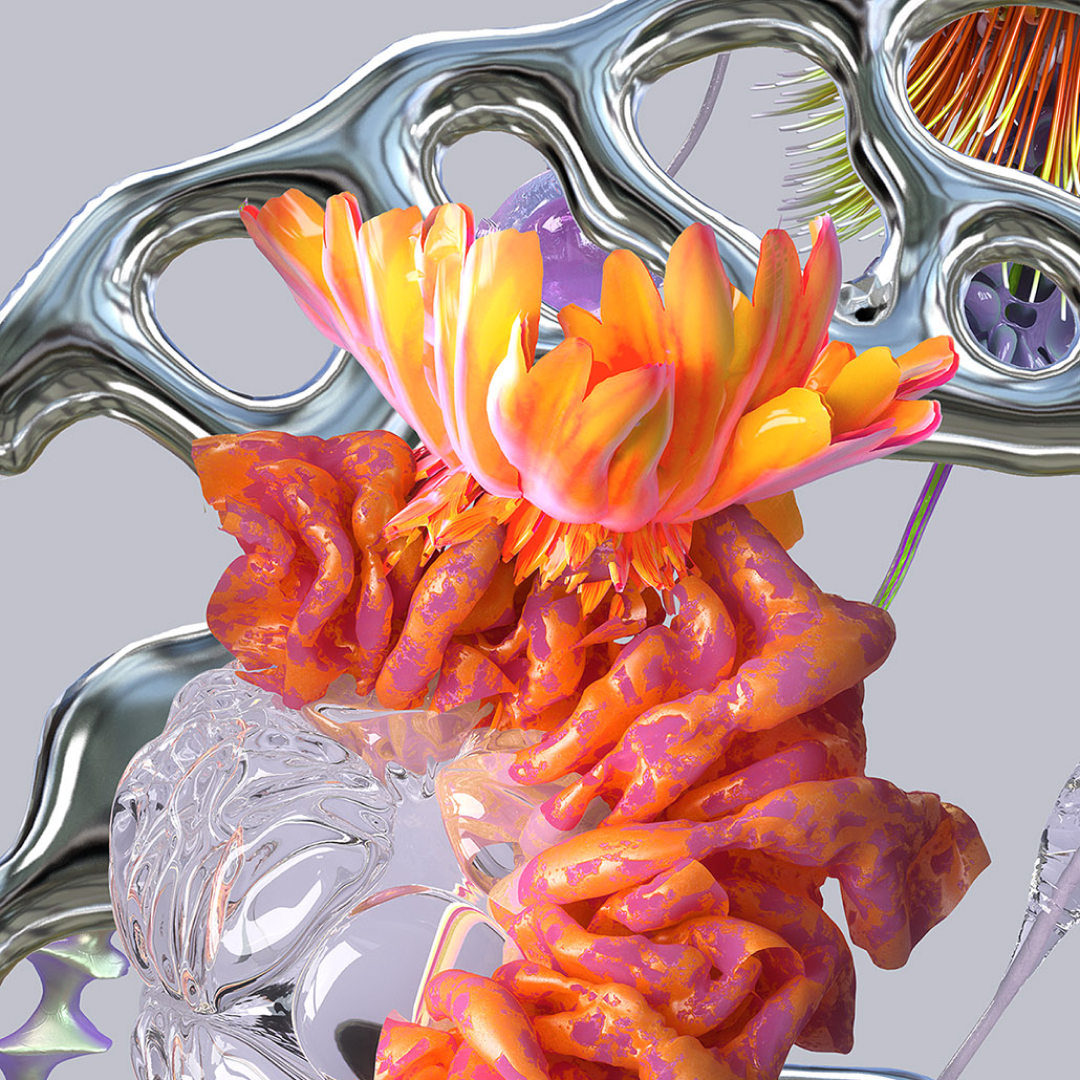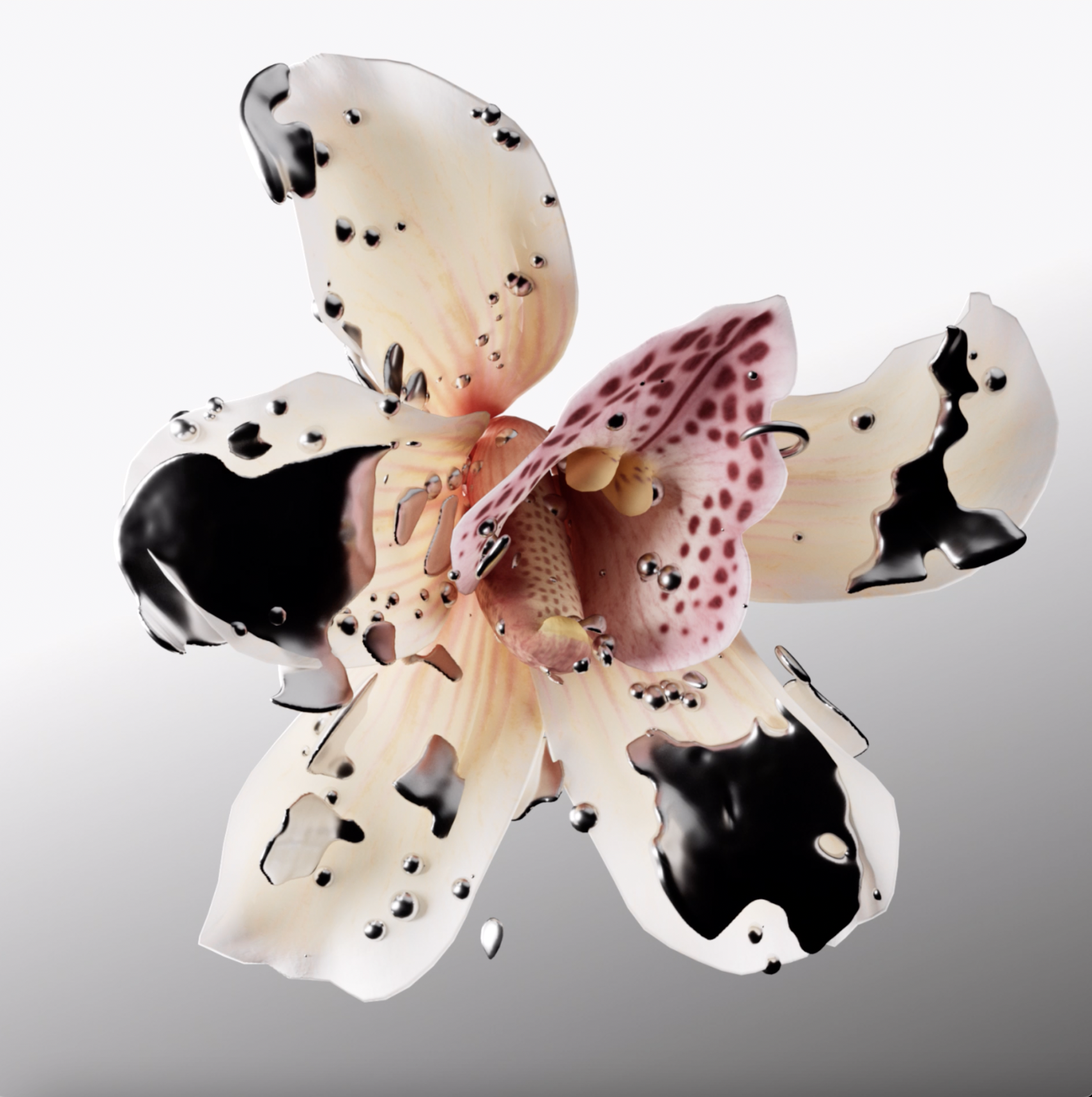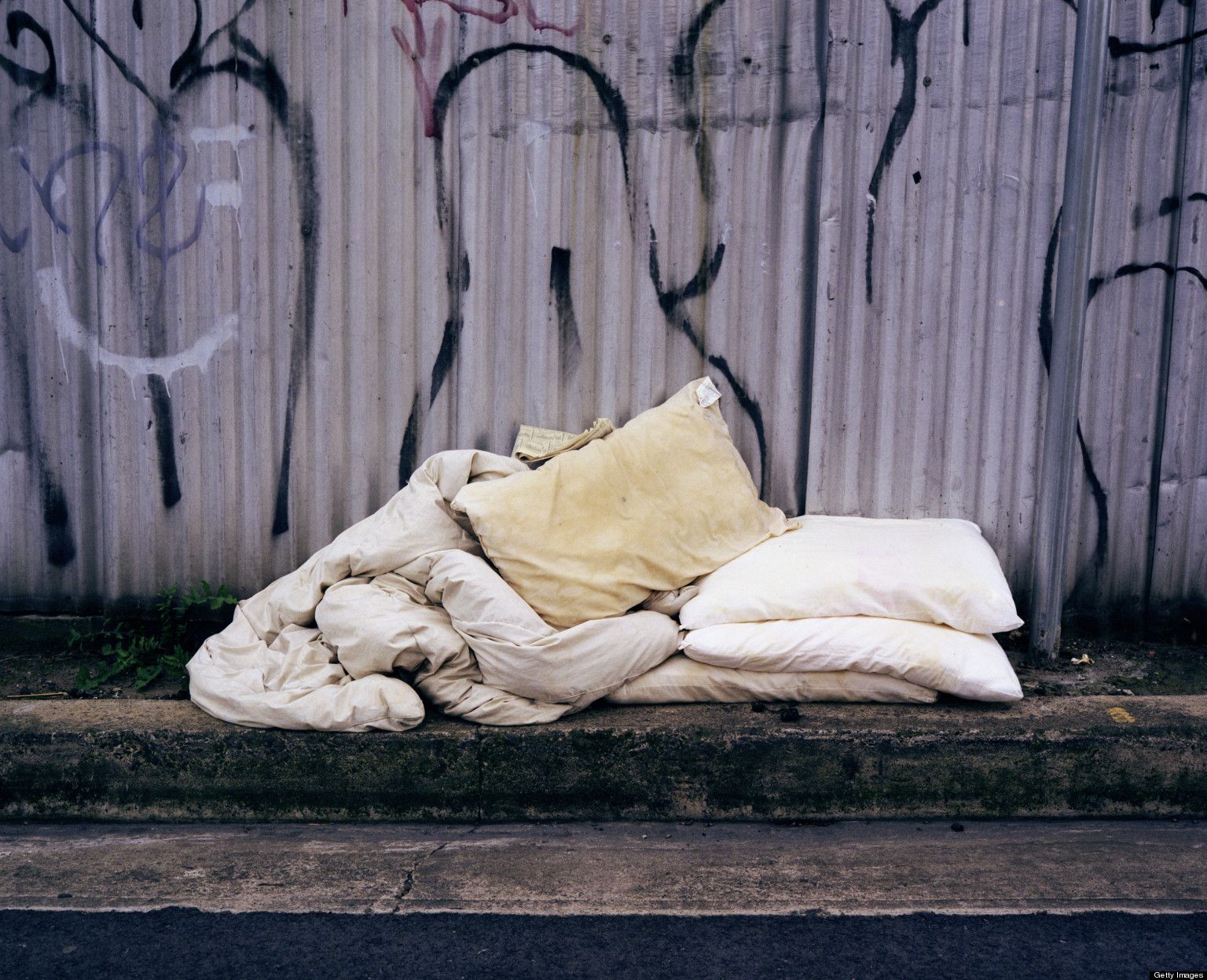
A dialogue on art, philosophy and self irony
Jan. 9, 2022
Alfred Pietroni and The Disturbing Beauty of Exile
Retro-futuristic visuals of danger out of a safer space
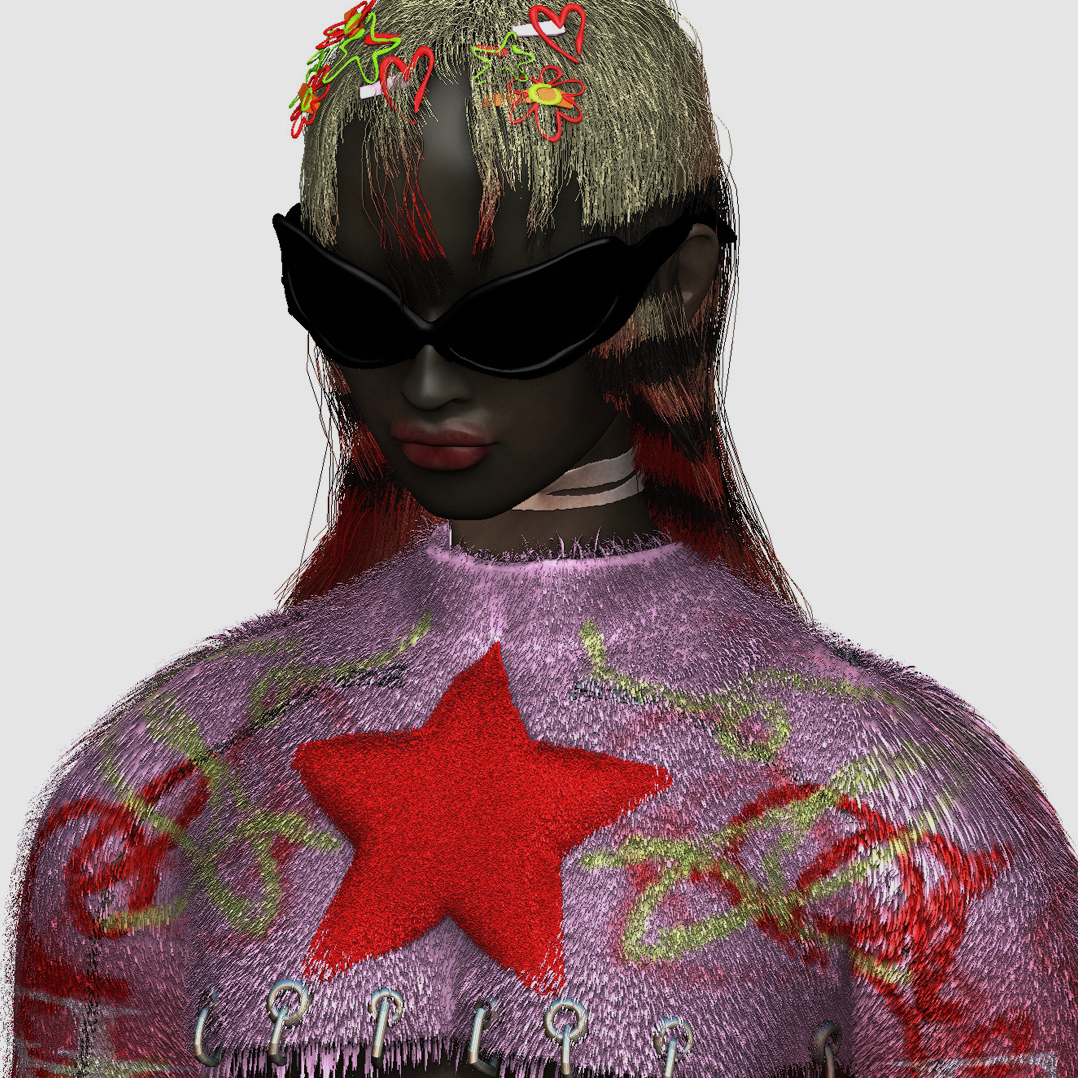
Alfred Pietroni's work both attracts and repels. Visually inspired by the aesthetics of Resident Evil, the horror game series from the 1990s/2000s, his disproportionate figures emerge, crawl, slip out of the darkness, showing grim, wounded silhouettes in a post-apocalyptic zombie-like fashion show. What reality did this world originate from and does it have a place outside of digital? Lunatum Mag discussed this with artist Alfred Pietroni.


In Pietroni’s works, it is precisely this estrangement yet sombreness that attracts above all. His retro-futuristic graphics do not seem out of place in today's world — on the contrary, new creepy pieces of the AR-capsule coming out with enviable regularity perfectly fit into the unsightly reality of today. That is why they do not seem revolutionary or protest, but rather reflect what is happening around us noticeably. His art is not performed in the firing line, nor in dangerous, uninhabitable places.
Conversely and as a typical result of reflection, all these sharp, visually dirty, detailed objects are born in an environment of complete peace, in warmth, and in the comfort of home. Pietroni expresses this clearly,
“Home is with the people that you love. Home is where you feel comfortable, where you’re settled, where you’re at peace. In my heart and at my core, I’m a very introverted person. I can socialize with people, but I feel kind of safer when I’m creating art and designing in my own space. And if you're talking in terms of what I hope the future of my home looks like, I hope it's happy.”
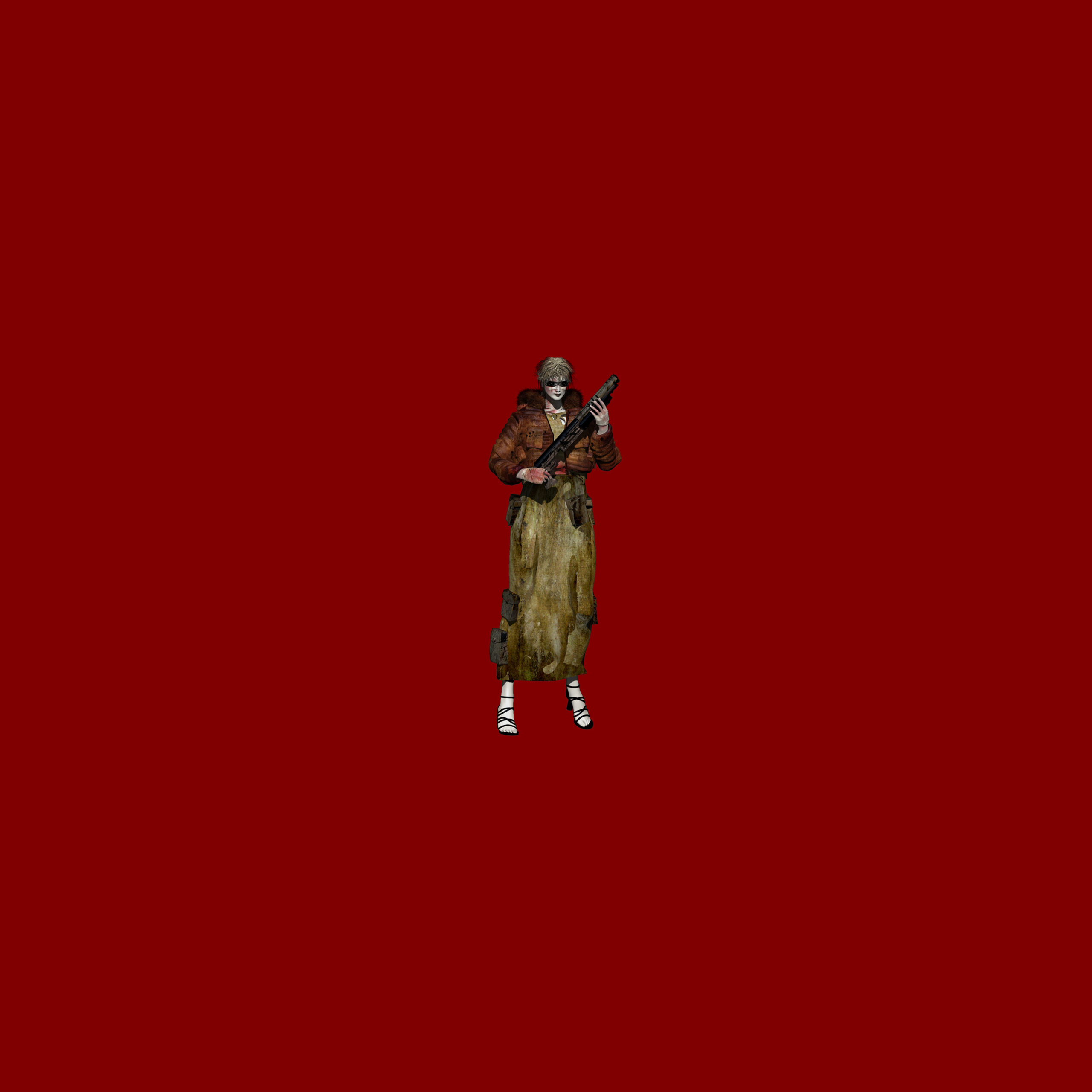
The place the artist calls home is South London, where he studied art and communication. A place that also formed him is Bristol, which he describes as,
“A green, creative city with a lot of culture, it’s a hub for art, music, skateboarding and graphics. It was a very open, creative and freeing place for me to grow up.”
Finally, unlike the posthumous outfits of his runway models, existing only within the paradigm of their sinister digital world, the tomorrow of such art is still possible only at a point of complete. Charged with this opposition of home comfort and the aesthetics of the eerie underground, let's move on to our conversation with the artist.
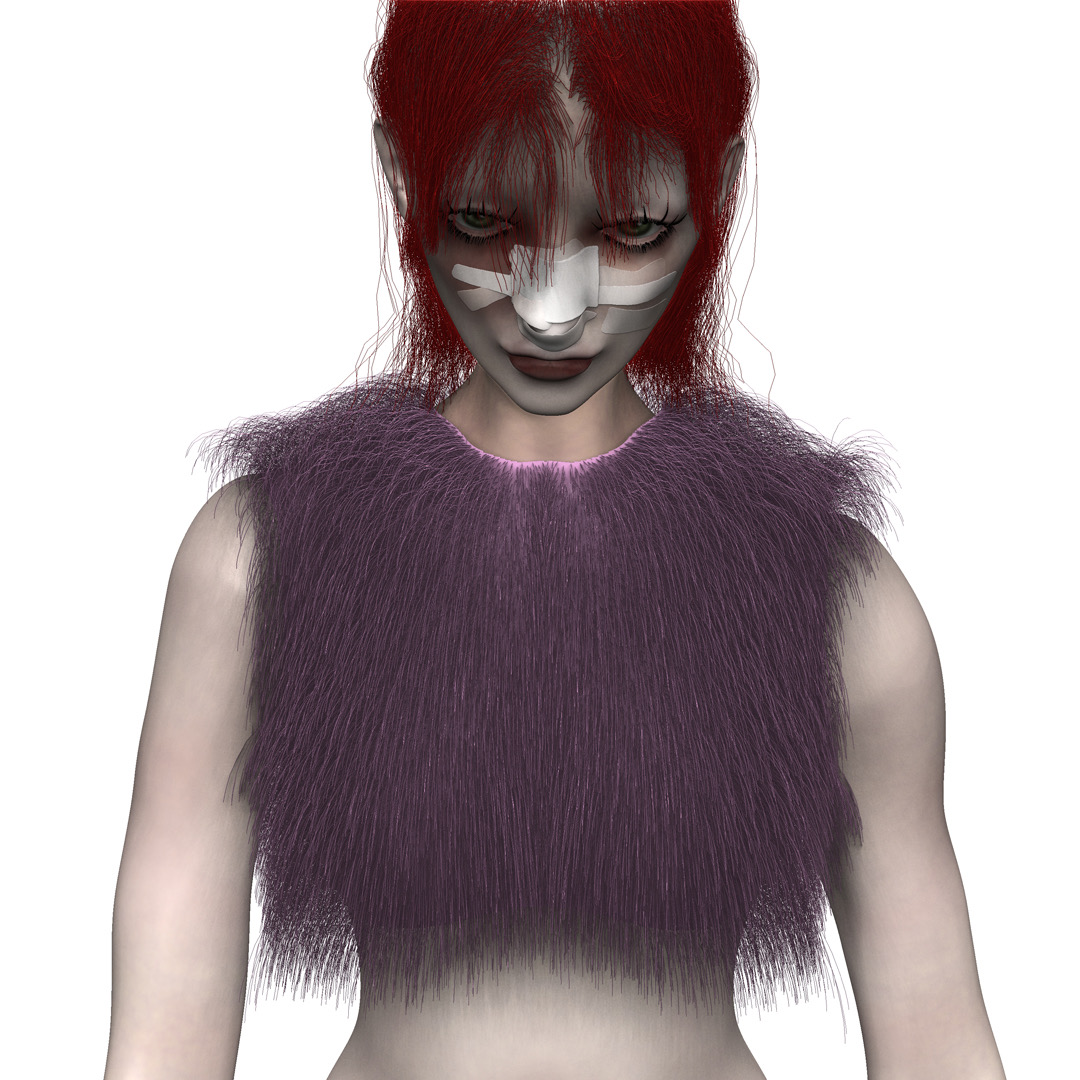

Interview
by Sima Piterskaia
On your website you say you are literally surrounded by Vogue magazine and White Dwarf comics. So how did you actually find your path in following the Resident Evil style as one of your visual and atmospheric inspirations?
I guess most of my inspiration has come from growing up surrounded by a large variety of creativity and pop-culture. My older brother introduced me to video games, a medium that can have all of the cinematic presence of a film, all of the visual uniqueness and beauty, but you're actually in the world. You have to explore, fight, figure things out, solve riddles and prove yourself. I've always been interested in the idea of video games as artistic statements. They are a medium that is visually expressive, personally involving and idea challenging.
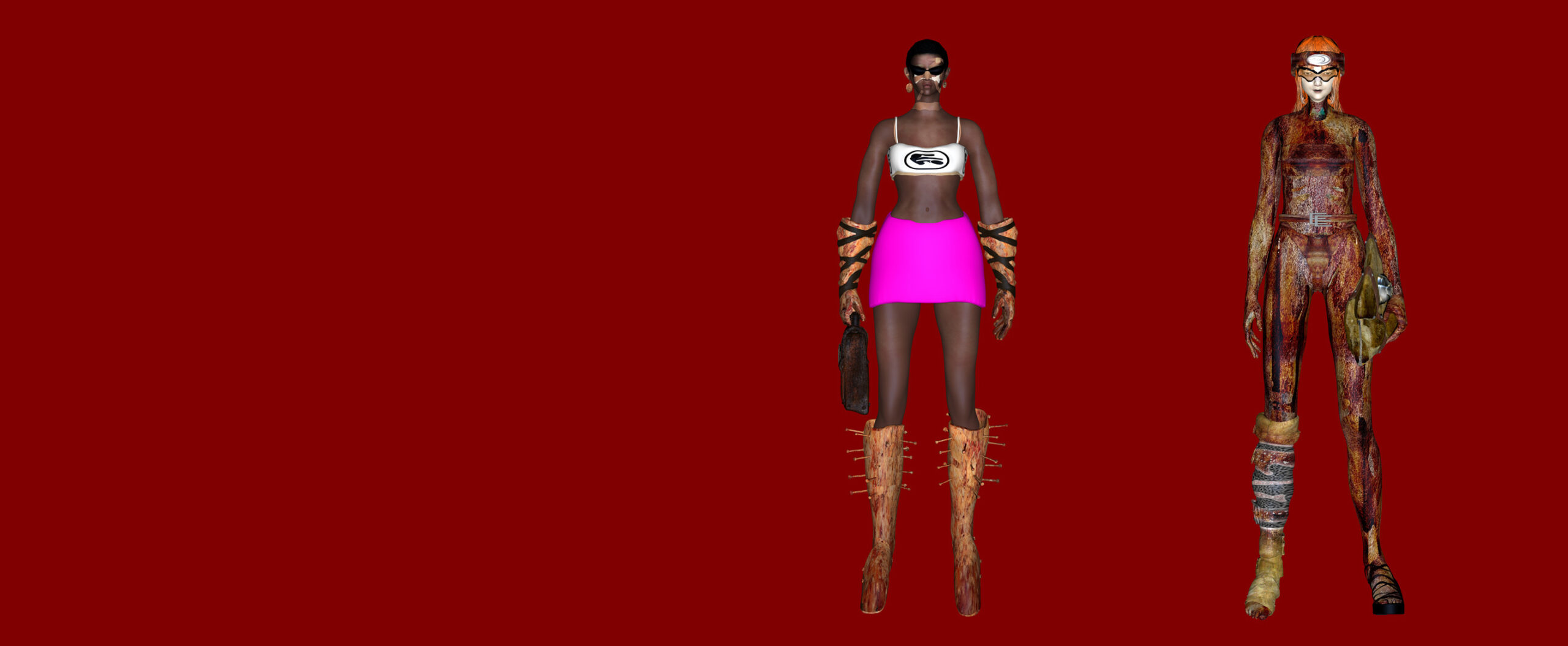
My sister introduced me to fashion and pop culture and my mum was a punk back in the day. She's a bit of a rebel at heart, I think I have inherited that from her. My mum got me into comics as well. She had a load of different comic books and got me into “Nemesis the Warlock” (comic series created by writer Pat Mills and artist Kevin O'Neill, noted by Lunatum Mag), Judge Dredd (the main comic character created by John Wagner and Carlos Ezquerra, n.by LM), it was a creative and positive upbringing, where I was shown a lot of different facets of the world. I guess everyone has these experiences as well, when you're growing up, if you have siblings, or friends or whatever, you're getting into all these things. And whether you realize it or not, that shapes the person that you become, you know what I mean?
What year were you born?
1993.
So it is basically one year prior to the first RE.
Do you associate your Resident Evil cravings with this period of time?
The 1990s and 2000s was a really, really interesting, revolutionary time in terms of technological developments, music and art, of having this weird, futuristic goal, but not being able to perceive that, as they didn't technically have the capability to achieve these sorts of things. So, they had to take liberties, be really artistic and impressionist, which is what I really like about that era that I grew up in. I am obsessed with older video games and how they were limited by a polygon count, or what textures that they could use, or how many moving parts they could have. This enabled them to make some amazing art that didn't need to be realistic to tell the story and be able to communicate a really strong atmosphere. If you look at the future of gaming, more and more games are aiming for realism. Just because we have the capability and technology to have realism in video games, should this still be something we are aiming for? Or does this take away from the impressionistic side of the art form, where you are getting a feeling from something rather than just what it looks like if that makes sense?
I would like to ask you about your thoughts on conventional beauty. Would you call your pieces beautiful? Are they a discourse on body positivity?
I definitely think the word “beautiful” is a really difficult word, because obviously, it's subjective, and depends on what you think of as “beauty”. I guess, if you're talking about my art, a lot of it is subverting, a lot of it is disgusting, and traditionally more attractive, kind of combined together. If you've seen my latest pieces, a lot of the models are bloodied and bruised, and they have bandages on them and stuff, but I think that is visually beautiful and visually interesting as well. I don't really boil it down to traditional ways of seeing beauty. When I have a vision of what I want to make, I'll just design until it feels right. I definitely like the idea of playing humour against horror and beauty against ugliness. I think those are interesting concepts to balance, like horror and fashion, you know, and we're kind of blending those things and seeing where the lines meet in the middle. But yeah, I guess I don't just want to make “beautiful art” anyway, I want to create an atmosphere and tell stories. If anyone likes it, that's just a bonus, but I'd still be trying to make it anyway.
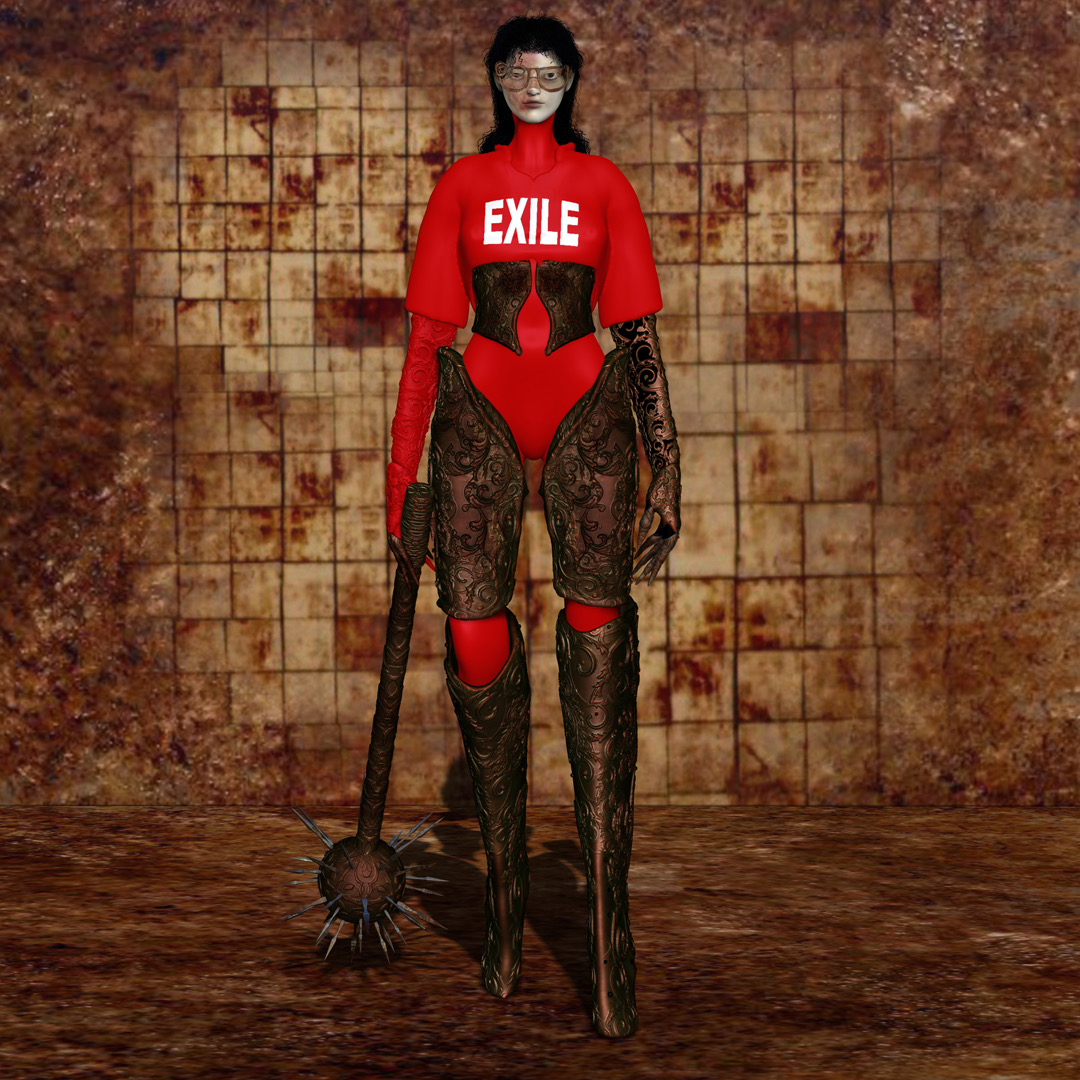
This is a form of art. Absolutely. However, it draws its inspiration from the gaming industry, and the gaming industry is considered to be a form of escapism. Is your art escapism for you?
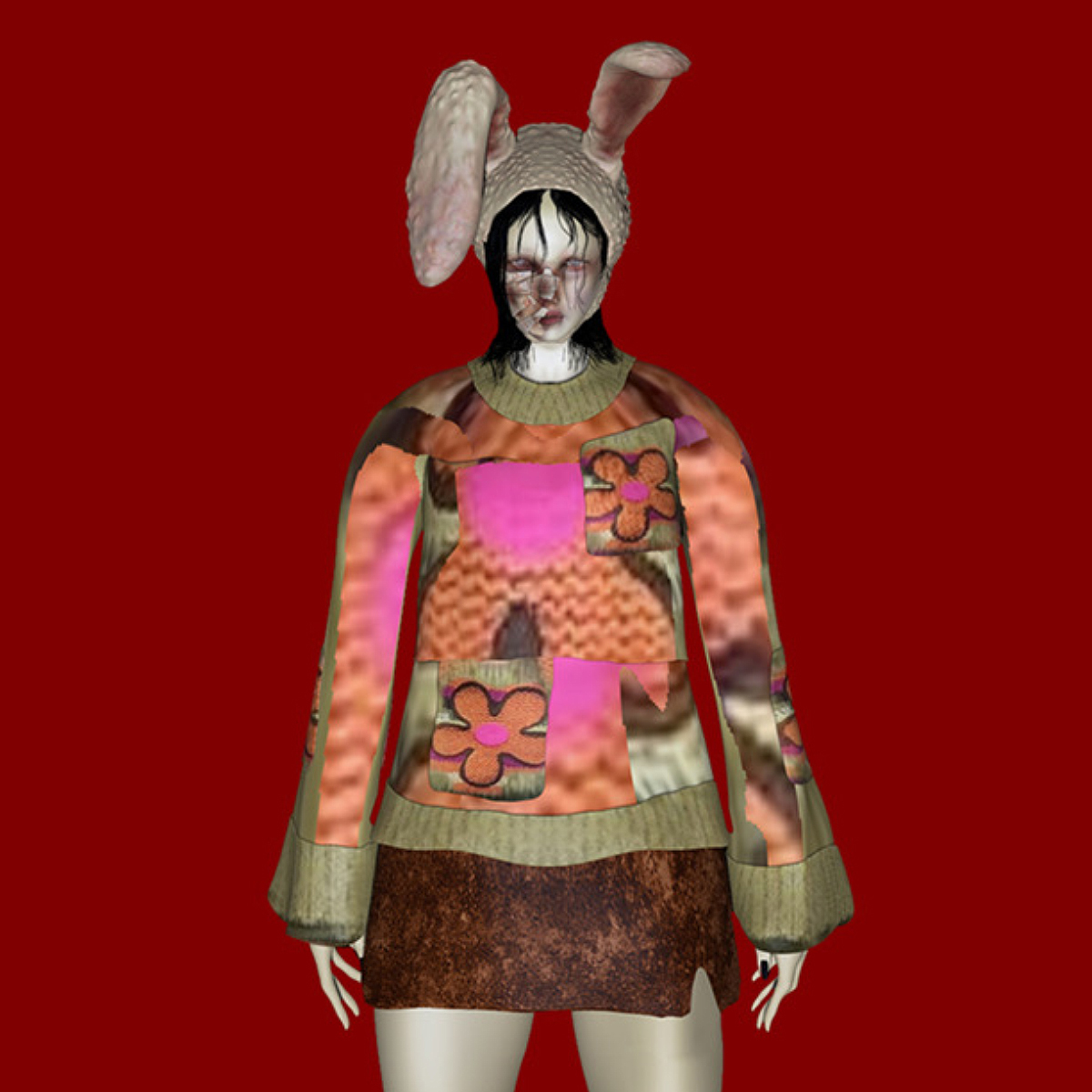
Yeah, hundred percent. Fantasy for me, is escapism, and for a lot of people, it is escapism. Which also definitely has a bit of negative connotations. But really, it's more of an exploratory escapism. Is it escapism if you're watching “Star Wars”? If you're enjoying the spectacle, then you're enjoying being transported into another universe filled with aliens, characters and different universal rules. I guess it is escapism in a lot of ways, because reality as we know it is quite dark. And the real world is tough, and that's coming from someone who doesn't know the half of it, doesn't know the real struggles of being a minority, or being a woman, or growing up in a 3rd world country or something like that. I'm going off on a tangent, but yeah, there's definitely escapism in my art because I guess that's the world that I want to get to.
So let me get this clear, is this ‘zombie apocalypse’ aesthetic a part of your fantasy or is this you commenting on reality?
In my digital runway collections, I have been designing strong, empowered, fierce women. They have a lot to fight for, they have clearly been through struggles, they have been bruised by society, have been beaten, but are still resilient, still fighting back. You know, they still have something that they want to say. So, that's my way of describing society. That is a fantasy, and that it is kind of that link to escapism. But also, I'm really trying to tell a story of the strength of female characters and of the beauty and the horror of the world that can be told through fashion.
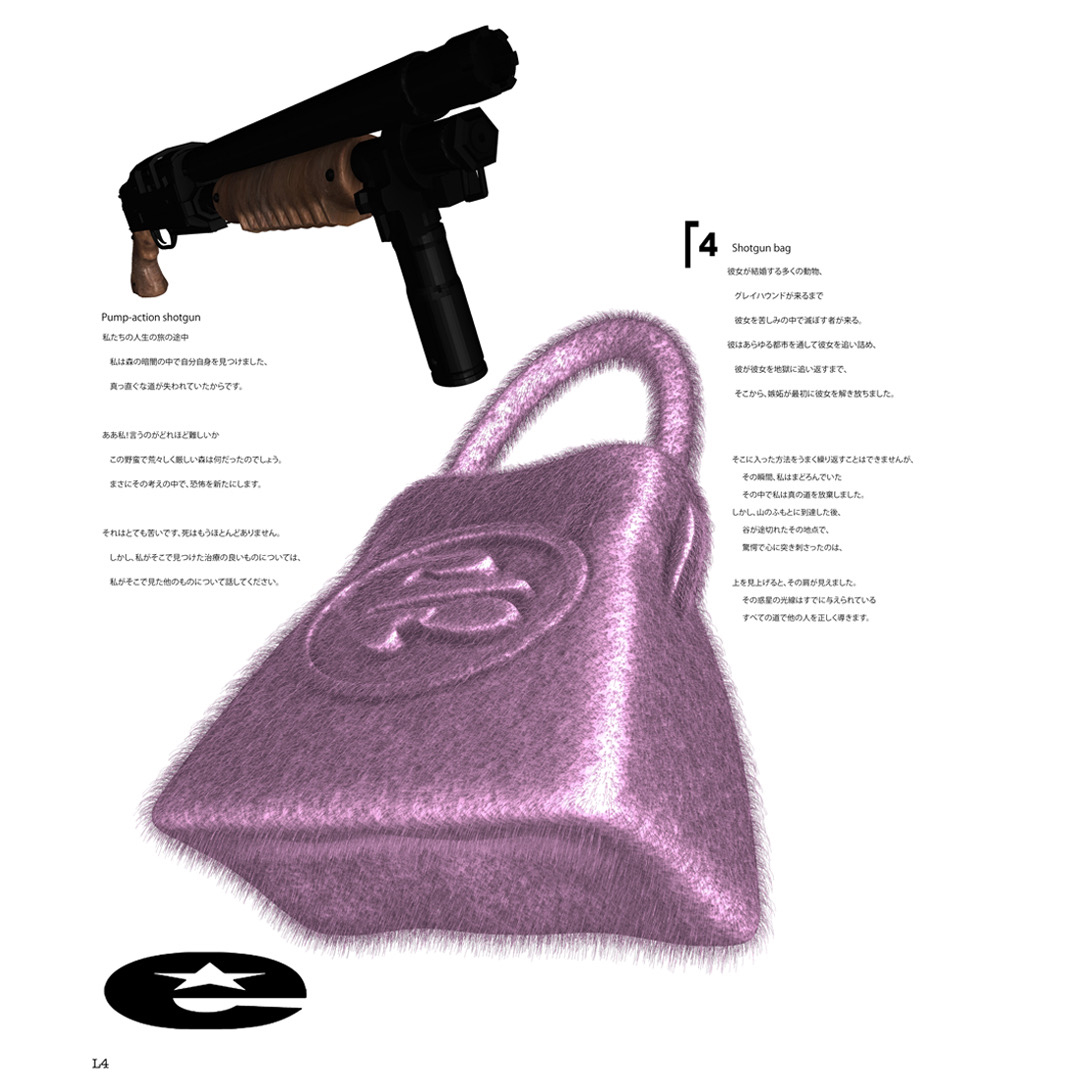
The visual palette that I use reflects society in my mind, you know, in terms of grittiness and rawness, the dirt and the mud of the world. So, there are a lot of dark colours and muddy atmospheric rusty textures. Sometimes however, I have touches of bright colour like neon pink or multicoloured hair or something like that because visually I really like that as an aesthetical choice. But then also narratively, that's the pop of happiness, or the pop of truth and a true kind of spirit or true kind of person within this really tricky world that everyone has to navigate.
I thought a lot about aspects of your work, about this juxtaposition of a puffy handbag and a rifle, a weapon and impossible heels, a bear-backpack from which a clip sticks out. These are so incompatible with each other. Is there an irony in that? Is there a surface level?
You can always look at a painting at face value for its colours, concept or a general energy of the painting. But then, if you look into a painters' careers, into what they were experiencing at that time, you may discover that they'd been through something that deeply affected them. It would make you think about their art in a really different way if someone quite controversial had painted the painting. Or maybe you find out it was someone quite negative that they painted, and it would also make you feel differently. So, taking that idea with my art, I want it to be taken at both face value to be visually interesting and challenging, and I also want to be telling a story, but not shoving it down people's throats.
Would you call your art a protest? Does art always have to be a form of a protest?
No, not at all. I could design a beautiful, massive Cinderella pink dress or something like that, and it doesn't have to be discussing ideas of femininity or criticizing traditional values. It can be just because I think it looks beautiful. There can be a pretentiousness in art and artists, when they try to project too much onto their designs, and I'm definitely not trying to head in that direction. If you have a child doing a painting, that is a pure form of expression. There might not be a deeper kind meaning behind the marks that they're making. There's beauty in just making art, expressing yourself without putting emotion or politics in the way.
See Alfred Piertoni's website.
Selected Articles
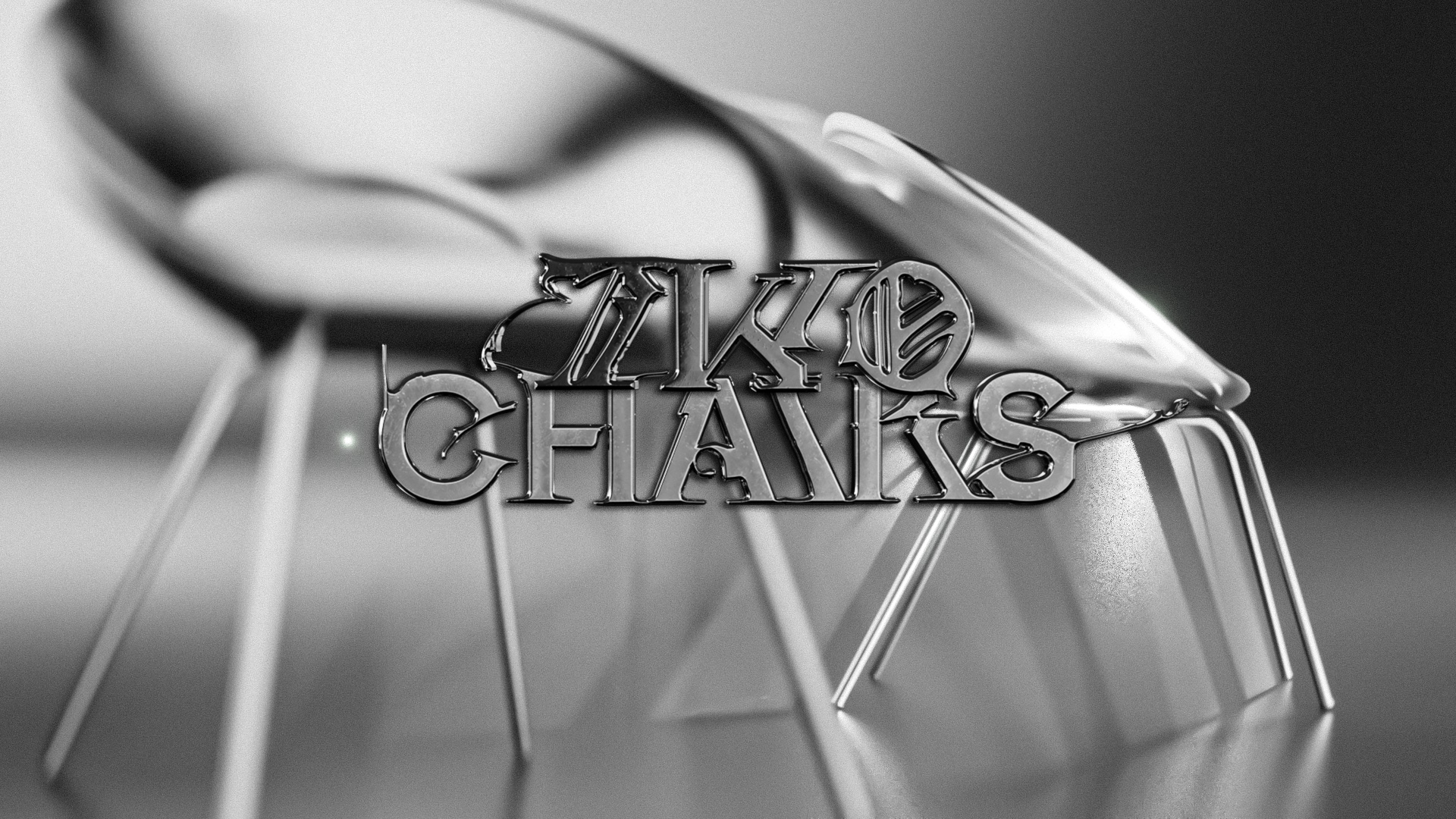
Two ChairsProject type

